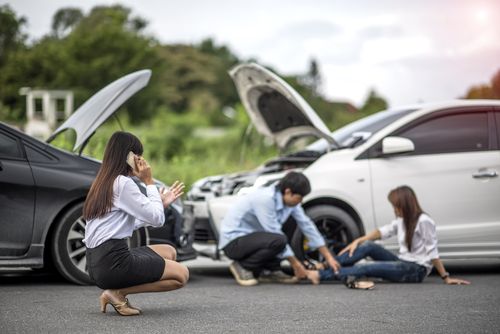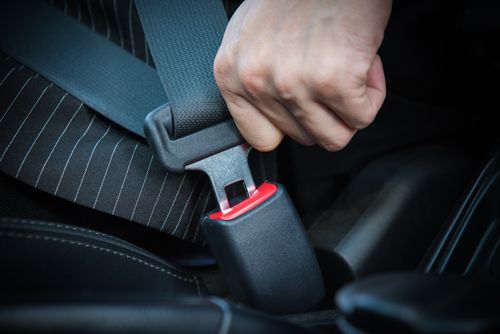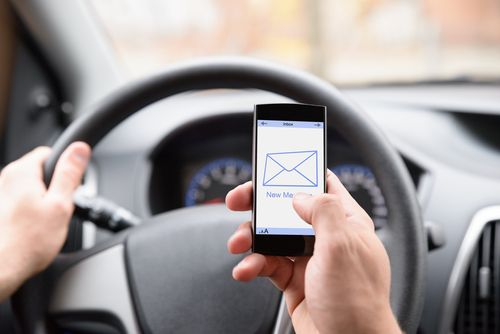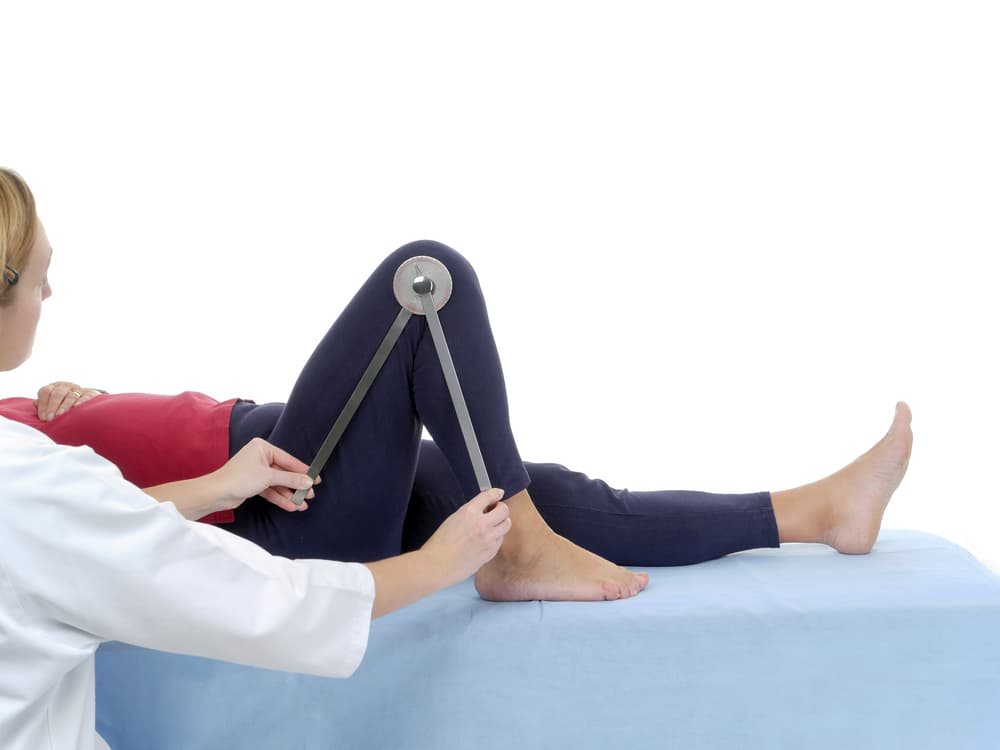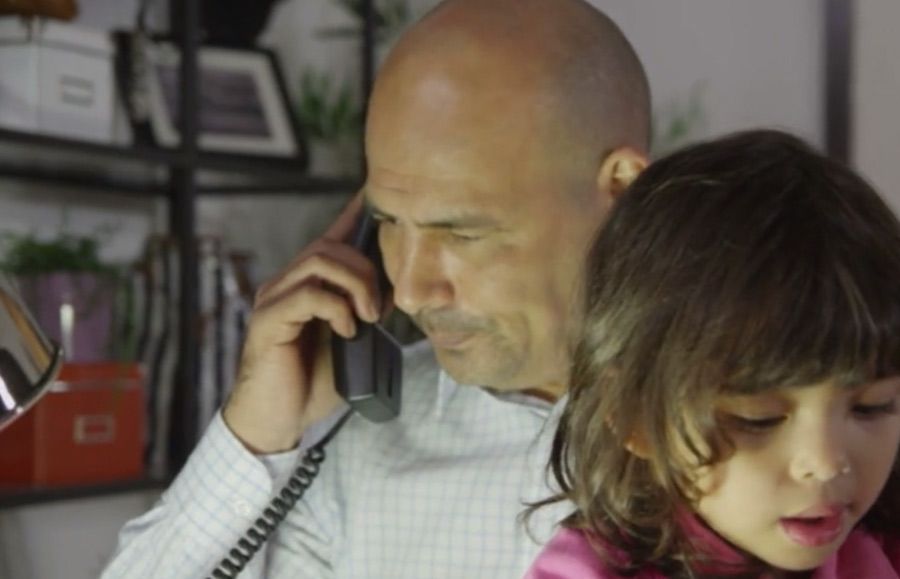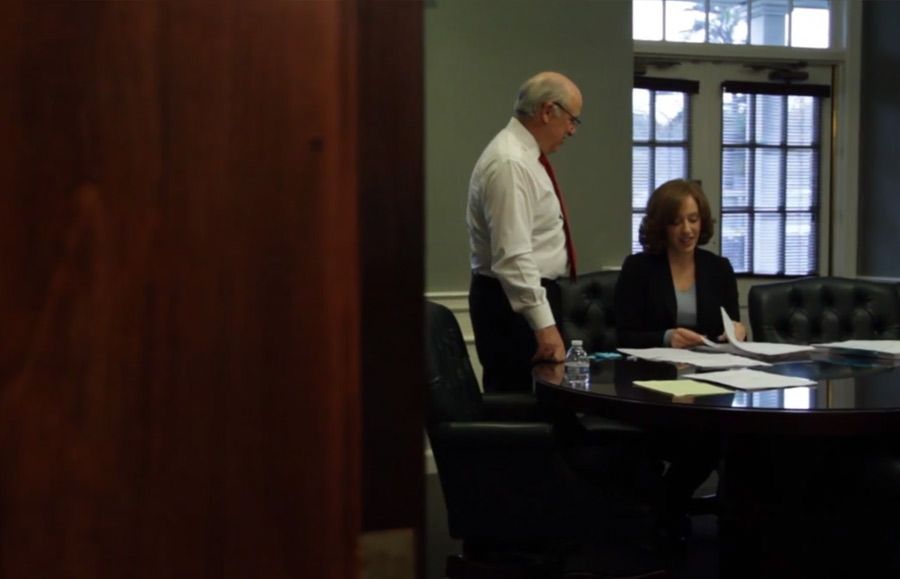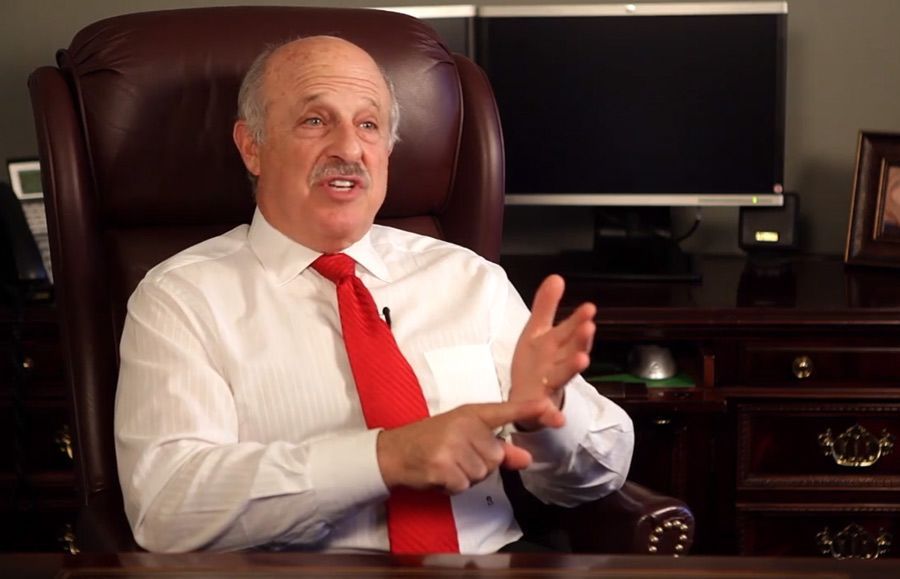You can analyze evidence to tell who hit who in a car accident. Knowing how to tell who hit who in a car accident is essential to showing which driver caused the crash and is liable for the damages suffered. There are several ways police officers, attorneys, insurance adjusters, and other parties determine what happened and show fault in a collision case.
If another driver hurt you, you might need to take certain steps to document what happened. This is necessary to hold the at-fault driver accountable and recover compensation through an insurance claim or personal injury lawsuit.
For help determining who hit who in a crash and building a strong case for compensation, working with a car accident lawyer might benefit you. Most firms provide free consultations for crash victims. During this free conversation with the firm, you can learn about your legal options and have a team member assess your case.
Evidence to Determine Who Caused a Traffic Collision
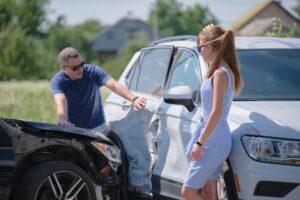
After your auto collision, several parties may investigate what happened. This includes the responding law enforcement officers, the involved insurance companies, and possibly an attorney representing you. Each of these parties will seek evidence to confirm the cause of the crash. Some of the most telling pieces of evidence in these cases include:
Eyewitness Statements
Those who saw the crash occur are an incredible resource for learning more about what happened. They often report careless or reckless driving, speeding, running red lights, and other traffic violations that cause collisions. They sometimes see details of accidents that even victims cannot.
While the police often gather witness statements, attorneys and insurance carriers request additional interviews with witnesses in some cases. This allows these parties to gather more detailed information about what the witness saw and what they believe caused the collision.
Photographs
When victims, witnesses, the police, and other parties take pictures at the crash scene, they often become essential to determine what happened. Pictures allow everyone to better understand the position of each vehicle, where the impact occurred, the damage to each car, whether there was any attempt at braking, and other details.
Pictures are also important in documenting property damage and injuries or even keeping track of tag numbers. Many lawyers encourage crash victims to take as many pictures as possible following a collision, including both close-up and wide-angle shots of the accident scene.
Video of the Crash
Sometimes, there is a video of the collision. Video footage makes it easier to see who hit who and what caused the crash.
Videos come from:
- Dashcams
- Traffic cameras
- Surveillance cameras at nearby businesses
- Cell phone cameras
- Ring and other private cameras
While videos are among the most important pieces of evidence in a crash case, they are not always easy to obtain. Most businesses record over video footage regularly. This means the parties involved need to act quickly to determine if a video exists and try to preserve it.
Accident Reconstruction
Law firms and insurance companies sometimes use accident reconstruction to rebuild a crash to determine what happened. Accident reconstruction experts use an accident scene survey, physical evidence, and other available clues to reconstruct the crash. This helps them determine the factors that contributed to causing it.
Forensic Analysis
Like accident reconstruction, forensic analysis uses a wide range of evidence to determine what caused the crash. This could include everything from skid marks on the road to the injuries suffered by each party. This allows your legal team to compile a list of possibilities about what likely caused the crash.
Police Report
For insurance companies and attorneys, the police report is also key evidence. It often includes details that are unavailable by the time they begin their investigations. The responding officers have an advantage because they were on the scene when the vehicles were still there, skid marks had not been washed away, and the events were fresh on the minds of witnesses.
When the accident leads to catastrophic injuries, these reports are often very detailed. They include measurements between the vehicles, the exact placement of each vehicle, and even pictures and diagrams.
Why Does It Matter Who Hit Who in a Crash?
When seeking fair compensation for a collision, fault matters. Most states follow a fault-based system for pursuing and securing a payout after a crash. This requires the victim to show the other driver’s negligence caused the collision, and they are, therefore, legally responsible for the damages that occurred.
When a driver is negligent, they:
- Owe a duty of care to the victim
- Breach that duty of care by acting with negligence
- Cause a collision because of their breach
- Cause the damages the victim suffered
Drivers owe one another a duty of care to drive safely and obey all traffic laws. For example, a driver has a duty of care to stop driving when a traffic light turns red, avoid speeding, and abstain from drunk driving. If a driver gets behind the wheel while they are drunk, this is a display of negligence.
If you were injured because of another party’s negligence, you have a right to file an insurance claim or personal injury lawsuit against them. You may be able to recover compensation if you provide evidence to show the other driver hit you and caused the crash.
What if Your State Requires No-Fault Insurance?
In some states, the laws require drivers to carry no-fault insurance or personal injury protection (PIP) coverage. This policy covers some basic damages the policyholder suffers in a crash regardless of fault. In these claims, who hit who does not matter.
However, PIP policies generally only pay for basic damages. This includes medical treatment up to policy limits, a portion of lost income, and some related expenses. Your insurance carrier will likely deny expenses above the policy limits and will not cover non-economic damages.
You Could Pursue a Fault-Based Claim After a Car Accident
Even in states with no-fault auto insurance requirements, many crash victims pursue fault-based claims. Each state has its own laws for how this process works and when financial recovery is possible, but many crash victims qualify. Those who suffer serious injuries are often able to recover compensation through a fault-based case.
State laws might allow you to hold the at-fault driver accountable if:
- Your injuries are serious based on the applicable laws
- A jury determines you have serious injuries
- Your expenses exceed your PIP policy coverage
What qualifies a victim to hold the at-fault driver responsible and collect compensation in one state might not in another, even though they both require no-fault insurance. These laws are specific, and each state sets its own rules. One way to learn about your options in a state with no-fault insurance is to discuss the crash with a personal injury law firm. Many can assess your case with you for free.
Holding the at-Fault Driver Responsible for Your Recoverable Damages
When two vehicles collide, injuries are common. Crashes often cause a need for ambulance transportation, emergency department assessment, expensive tests, surgery, hospitalization, treatment, therapies, and inpatient rehabilitation. Your expenses can add up quickly in the days following a crash.
Then, you have to consider the other financial losses and expenses you experience. Your injuries could keep you out of work for a few days or several months. Medical bills keep coming in while your income stops.
When a victim has evidence to show the other driver hit them, they can seek to recover compensation based on their related expenses and losses.
In your auto collision case, your recoverable damages could include:
- Medical bills, current and future
- Ongoing care and support costs for long-term injuries
- Income losses while you missed work
- Diminished earning capacity for lasting impairments
- Miscellaneous accident-related expenses
- Pain and suffering
- Mental anguish
- Lost enjoyment of life
Wrongful Death Damages You May Recover
If a crash victim passes away, most states allow their immediate family members to receive compensation for damages, as well.
While each state has different laws regarding wrongful death, your state may allow you to recover compensation for a range of expenses and losses, such as:
- Medical bills for treatment before your loved one’s death
- Funeral and burial costs
- Lost income and benefits the decedent would have earned
- Loss of household services
- Loss of companionship and parental guidance
A Personal Injury Lawyer Could Help You Document What Happened in Your Car Accident Case
Working with a personal injury attorney lets you focus on healing instead of worrying about how to show that the other driver caused your crash. Personal injury lawyers have the experience, knowledge, and resources to build a strong case against the negligent motorist, seeking compensation based on the evidence they gather.
Trying to manage your case on your own can prove challenging while you also need to focus on attending doctor’s appointments and healing.
You Could Let a Lawyer Collect Evidence for You
Personal injury lawyers know what it takes to show what happened in the crash and who hit who. They identify, gather, and analyze evidence to build a compelling story that illustrates what occurred.
The evidence to support a collision claim or lawsuit could include:
- The crash report filed by law enforcement officers at the scene
- Photos and videos
- Eyewitness statements and follow-up interviews
- Crash scene surveys
- Accident reconstruction
- Relevant medical records
- Expert analysis of the victim’s prognosis and future care needs
- Documentation of damages, including bills, receipts, tax documents, and more
With the right evidence, the attorney can proceed with the case against the at-fault driver. There are multiple approaches to recovering compensation. They could file an insurance claim based on the driver’s auto liability policy, sue the negligent driver, or pursue both avenues concurrently.
Navigating the process to prepare a civil lawsuit for trial and negotiating with the insurance company commonly occur at the same time. Personal injury law firms know how to manage these tasks, fighting for an appropriate payout for their clients based on the case facts and the documentation of their damages.
Most cases settle through insurance negotiations. However, trial lawyers are ready to take the evidence to a judge and jury in a civil trial when necessary. A trial award could provide the compensation a crash victim deserves if the insurer will not agree to pay it.
What Is My Deadline for Filing a Lawsuit Against the at-Fault Driver?
Each state sets a statute of limitations on personal injury lawsuits. This creates a deadline for filing the paperwork to sue the at-fault driver. Generally, victims could have between one and four years to file a lawsuit, depending on what state they live in. In wrongful death cases, your family may have even less time to file. You might want to think about getting an early start on your case to avoid missing the lawsuit filing deadline.
Certain exceptions can alter the statute of limitations. This all depends on the details of your case. You might consider contacting an attorney as early in the process as possible to protect your rights and understand your filing deadline.
You Can Discuss Your Car Accident Case With a Legal Team for Free
If you suffered injuries in a collision caused by another driver, you likely have an opportunity to hold them legally responsible for your injuries, expenses, and losses. Car accident victims can build a case showing what caused the crash and file an insurance claim or lawsuit to recover compensation.
You can contact a personal injury attorney in Long Island about your options as soon as your injuries allow. This ensures you have a knowledgeable and experienced lawyer on your side quickly. You do not have to try to show the other driver caused your crash and fight for compensation alone.
